Mountain bike tire pressures – how to find the right pressures for you
We consult top tire manufacturers to help find the ideal tire pressures for your bike setup and the trail conditions you ride
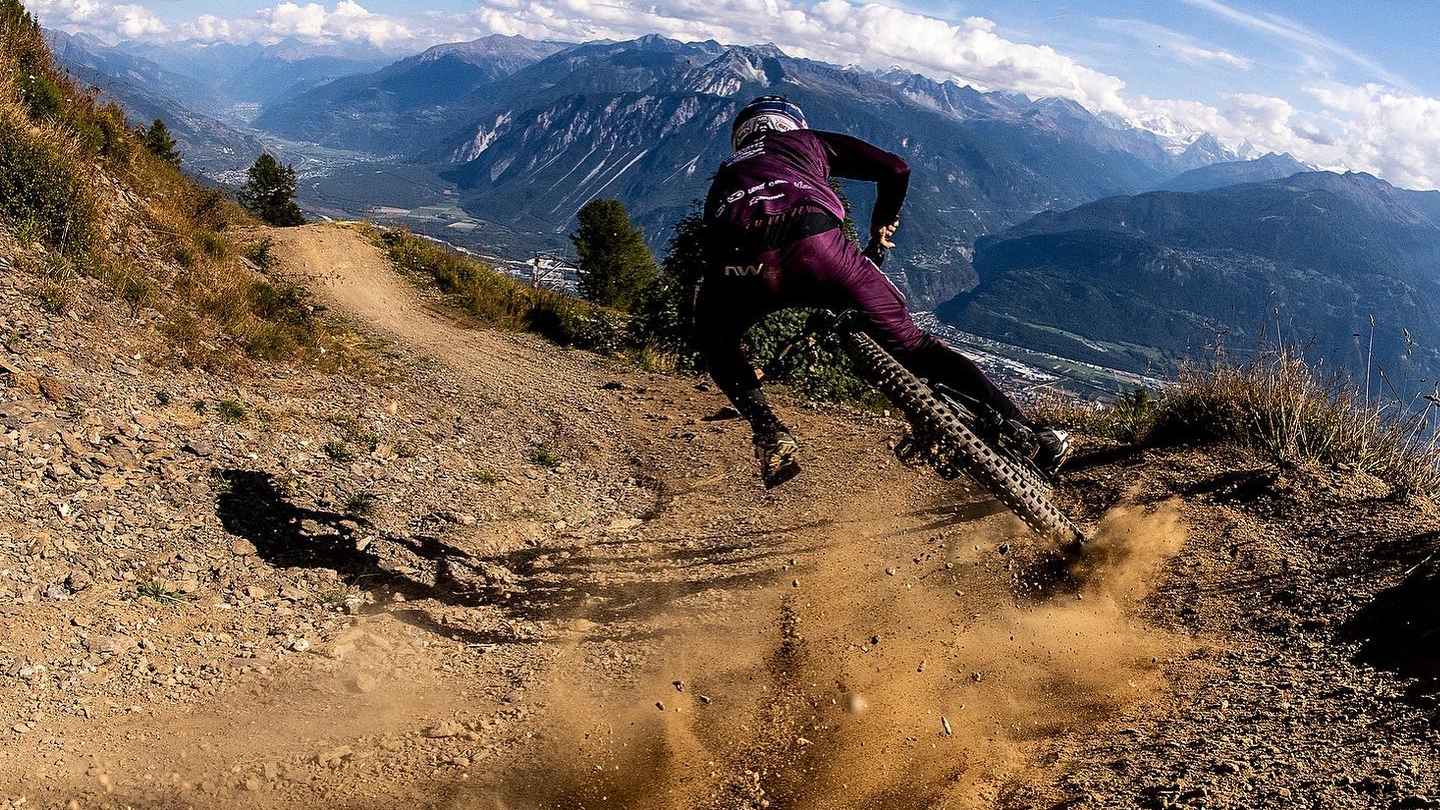
“Most people run their tire pressures too high,” says Grant Wildman at Schwalbe, “but it’s easy to get a bit lost with all the options around tires.”
Truth is, getting the right tire pressure can make as much difference as choosing the best mountain bike tires; in fact it can sometimes make more difference. It’s one of a chain of factors – including tire type, suspension setup, trail conditions, your skill and your riding style – that determine how smooth and confident your ride feels.
The perfect tire pressure for a scenario depends on what your perfect bike feel is (more on that below), but suffice to say it will hit a sweet spot of speed, grip, comfort, and resistance to flats.
In this article we’ll explain how to find a great default set of pressures for you and your setup, and how to adapt them to different conditions.
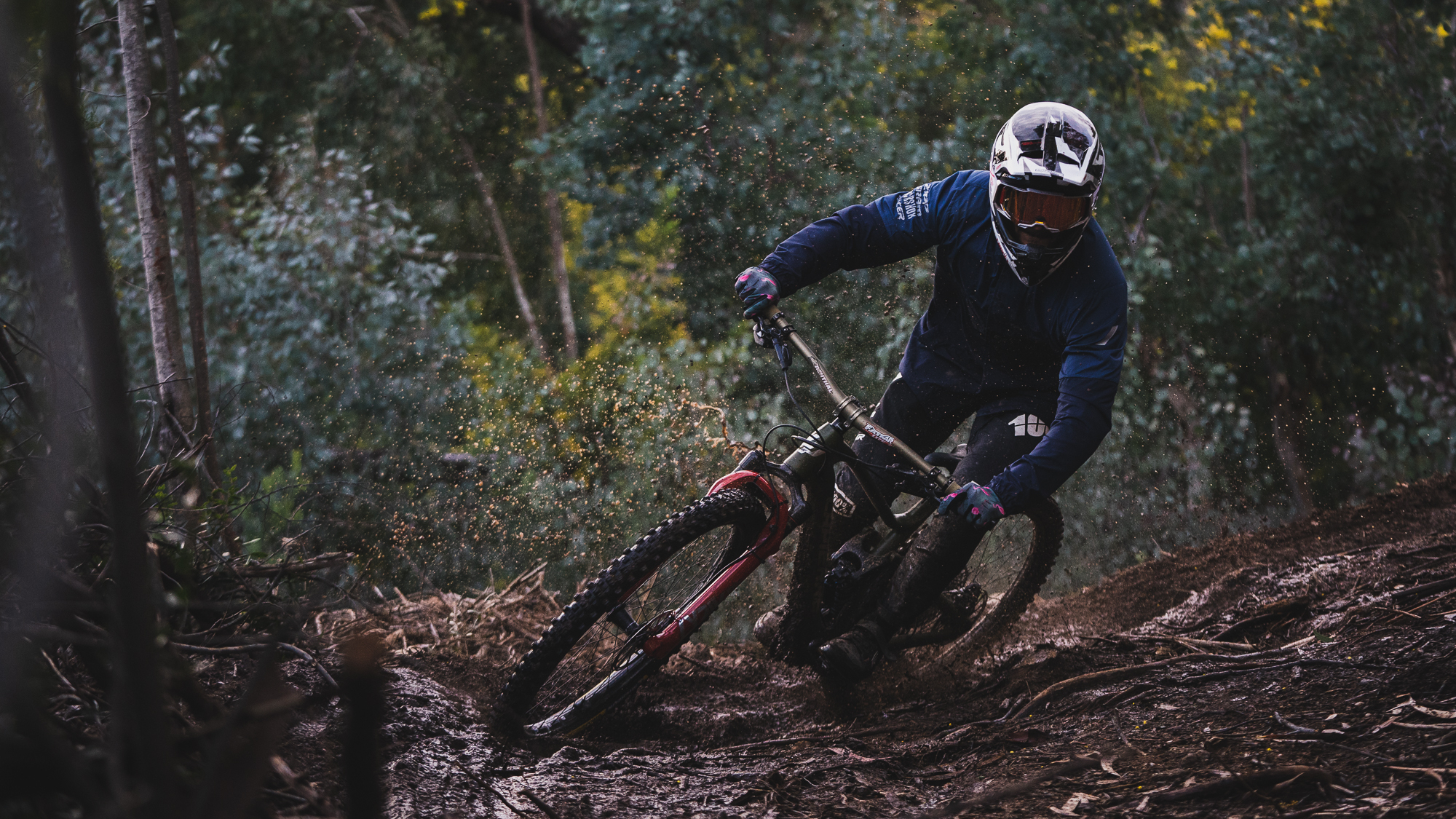
What feel do I want?
Over time, you’ll work out whether you prefer your ride softer and more forgiving, or firmer and maybe a little slidier. The point is, there’s no fixed ‘best’ that all riders should stick to, just starting points for a good balance. We encourage you to experiment with different pressures (and keep track of them), and if it turns out your favorites for your riding style are not the standard ones, that’s totally cool if they work for you.
We massively recommend running a tubeless tire setup. This will enable you to not only make the vast majority of punctures a thing of the past, but will also give you the freedom to run much lower tire pressures without the risk of getting a pinch flat (when the inner tube gets punctured by the edges of the wheel rim impacting a hard edge on the trail). You'll need to be running a tubeless setup to get anywhere near the lower end of the tire pressures mentioned in this article
The most useful gadget in the world
No one wants to spend ages faffing with their bikes, so it's well worth investing in an accurate pressure gauge so that when you’ve found your default pressure you can be sure you’ve got it bang on, instead of relying on a vague track pump needle or an even vaguer press of your thumb into the tire. You’ll end up with a default pressure, and over time you’ll also come to know the lowest pressures you’d want to run, and the highest. Simple.
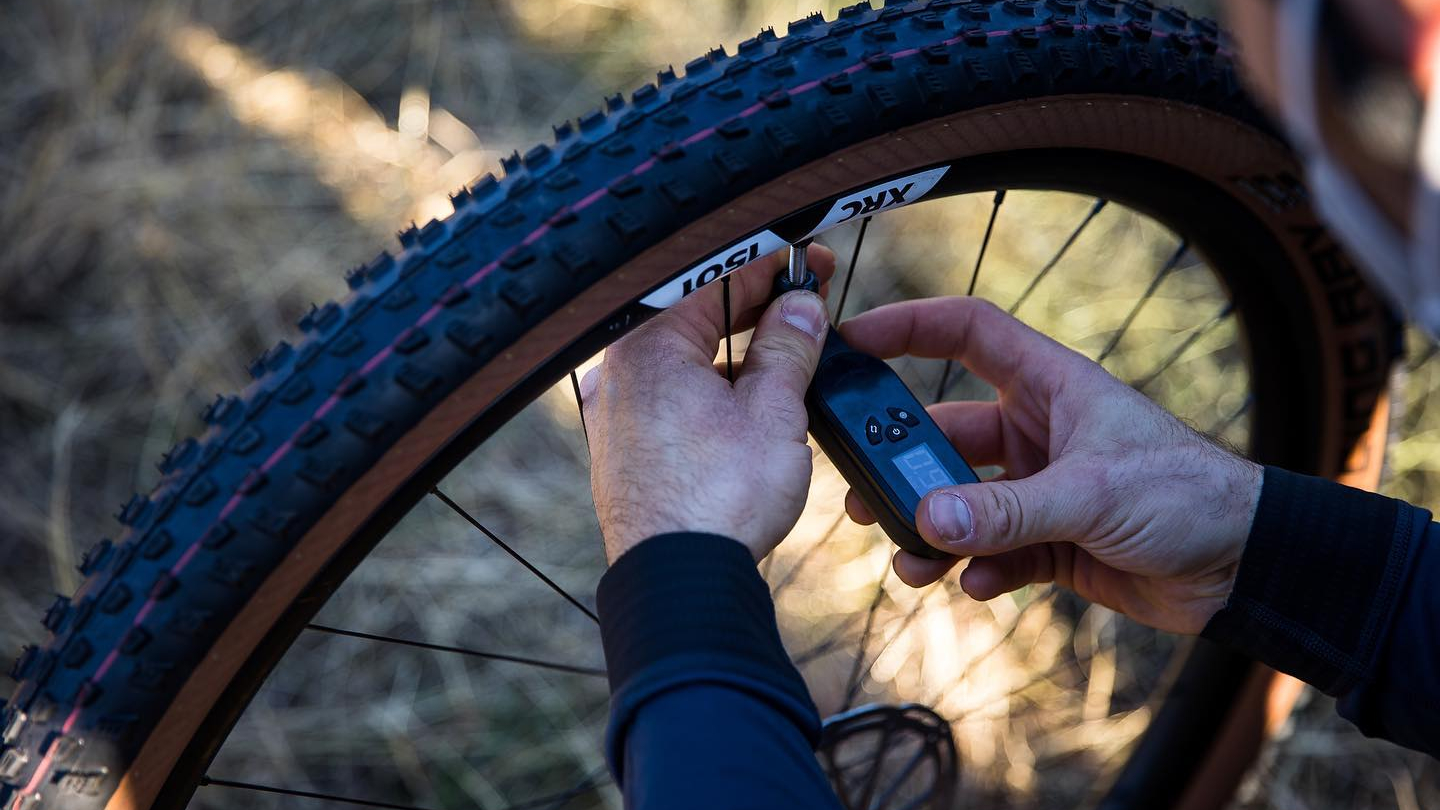
Ok, so what pressure should I run
“The main things that determine tire pressure,” says Jon Heasman at Vittoria, “are tire width and internal rim width; rider weight; and how stiff the tire casing is. On top of that, you’d finesse the pressure for the terrain and your riding style."
He reckons a 70kg rider on a 10kg full-suspension bike on 2.35-inch tires and a 30mm rim would typically ride 19-25psi at the back and 16-20 at the front, starting at the top end of that range and working down. The slightly higher pressures in the back are because of the higher impacts on the back wheel, and because the front wheel is more about grip, the rear more about propulsion.
(Tire pressures, by the way, are given in the imperial psi (pounds per square inch) or the metric ‘bar’ – most devices show both.)
From that starting point, if you make changes to the things that affect the stability, grip or protection of the tire, you’d change the pressure accordingly - for example, if you choose a tire with a stiffer casing, such as Maxxis Double Down, that’ll have more inherent stability, you can reduce the tire pressure. Here are some more examples
Reduce tire pressure:
- Bigger tires – the extra volume gives more protection
- Bigger or softer tire tread knobs – these add damping
- Wider rim width – this gives more stability for wider tires
- You're running tubeless tires – you’re not at risk of pinch flats (aka snakebite)
- Wet roots or loose rocks – places where you want the tire to mold around obstacles a little, for grip
- Full-suspension – the impact forces going through the tires will be lower
Increase tire pressure:
- In the opposite scenarios to the above, and for more aggressive riding styles
- Gravity riding – more likely to experience huge impact forces through the tires
- Aggressive cornering – this puts high shear forces through the tires
- More skilled riders *may* prefer higher pressures because they don’t mind the bike skating under them a bit. But not always. XC champ Nino Schurter at 67kg rides 2.4s so he can run low 17/20 psi, getting more grip and comfort for the same speed
Schwalbe’s Pressure Professor is a handy online tool that takes many of these factors and gives you a recommended starting point for your pressures. If nothing else, it gives a really clear demonstration of the effect that seemingly small changes make – like going from 2.25 to 2.35in tires reduces the pressure by 1.5psi (0.1 bar).
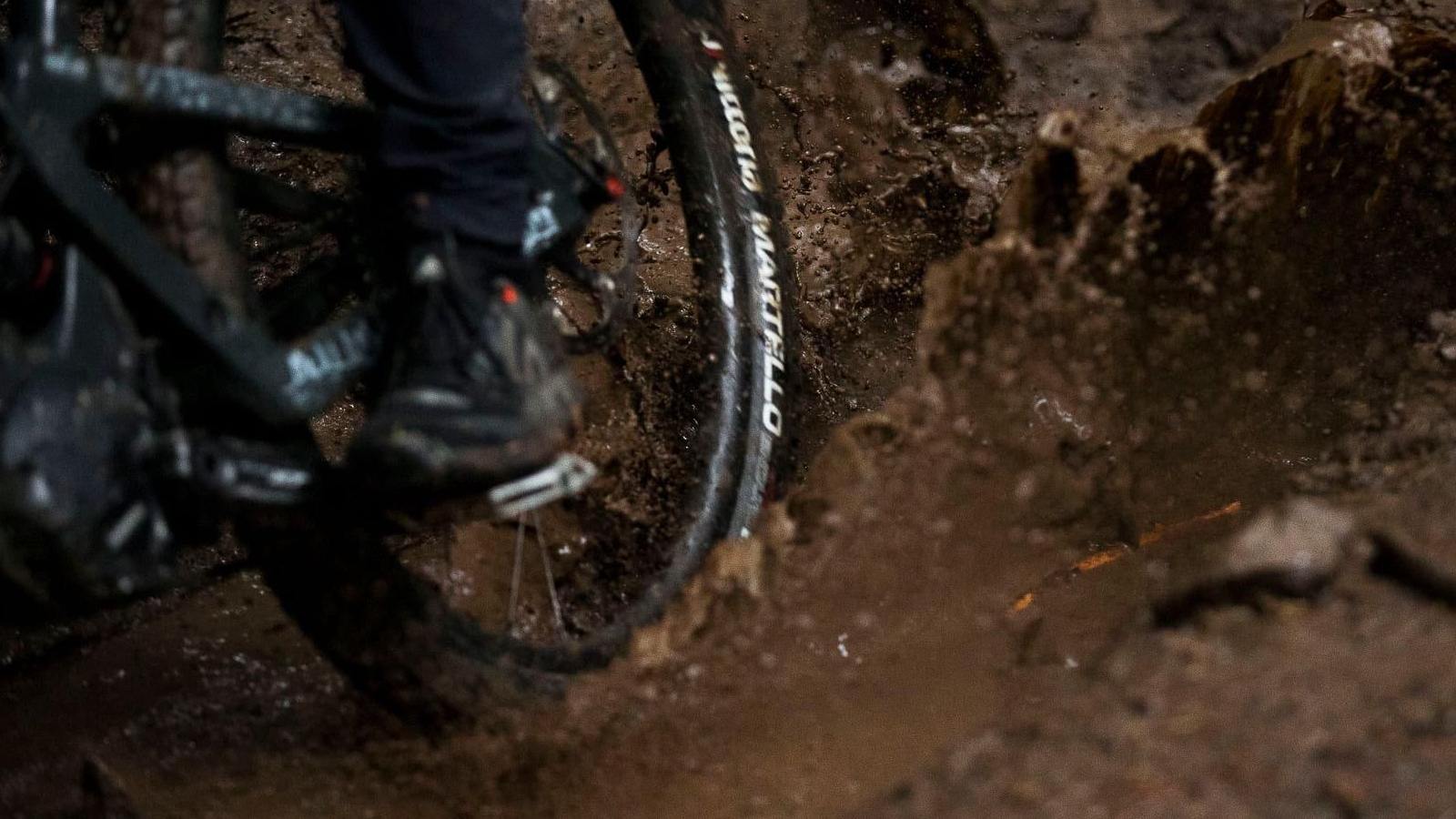
Common misunderstandings about mountain bike tire pressure
Harder is faster
The only place this is true is on a perfectly smooth surface. In the real world, your tires need to conform over uneven ground to let the bike keep rolling forwards. Hard tires basically decelerate with every bump they hit otherwise
Your thumb’s a great pressure gauge
It’s really not. Nor is the gauge on your track pump, alas. Put a digital gauge on your Christmas list. If you *must* use a rule of thumb, Nino Schurter suggests pressing one thumb into the tire with the heel of your other hand by bouncing all of your body weight down onto the tire. You should be able to feel the rim, just.
I need to stick to the pressures printed on my tires
Our friends in tire manufacturing wouldn’t say that everyone should completely disregard the pressures printed on the tires, but they would agree that they are conservative numbers based on keeping the tires stable on rims in worst-case setups. In other words, as you were. They do recommend being aware of the maximum pressure ratings for your rims though, even if this is more likely to be relevant for gravel bikers running road tires, than mountain bikers.
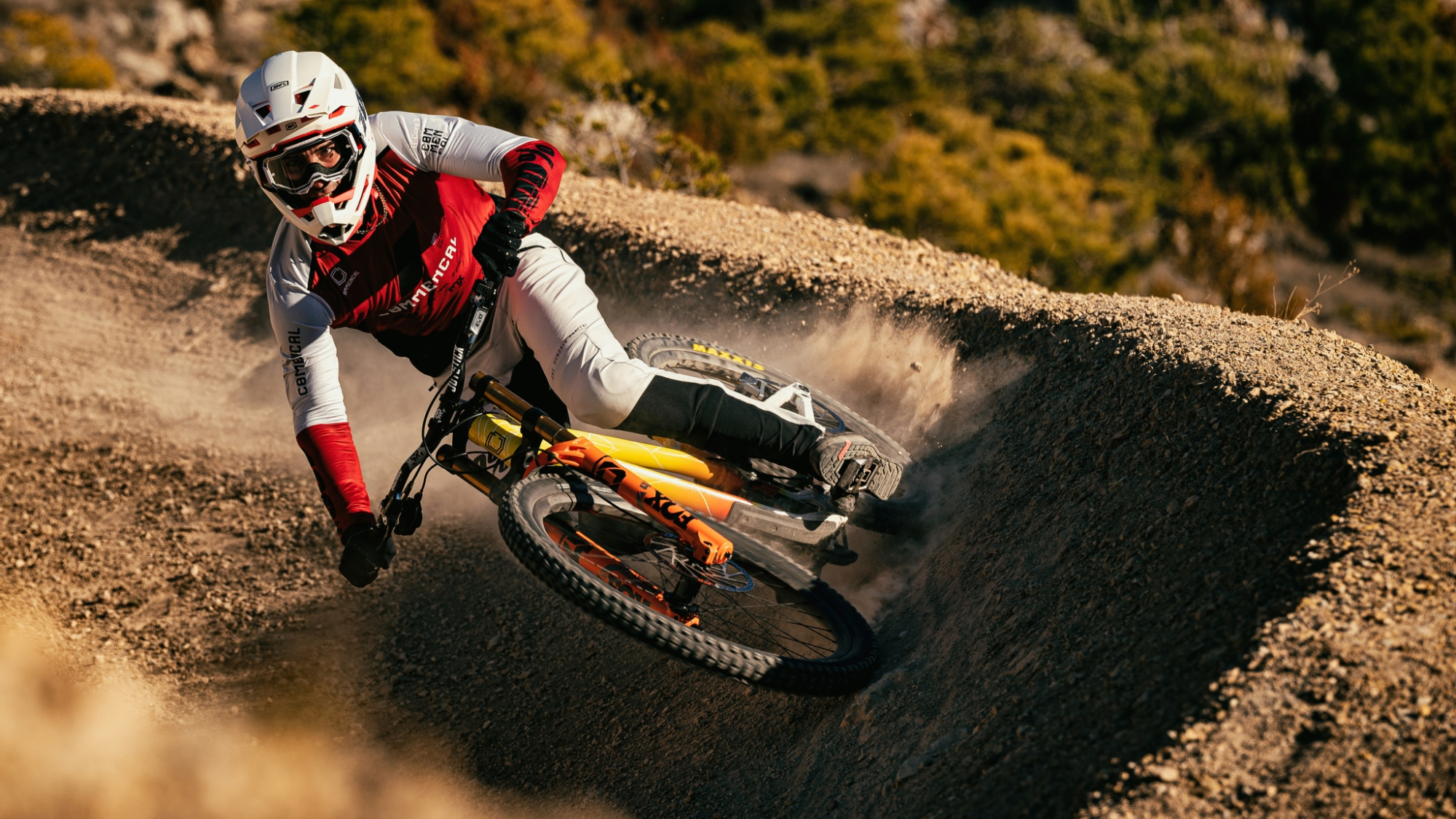
How do you know if you’ve got the right tire pressure?
By now you’ll have realized there’s an element of ‘it depends’ to determining tire pressure – so at the end of the day just pick a starting point, experiment and reel back when you’ve gone too far.
“I typically run my tires as soft as I can, for the magic carpet feel” says Grant at Schwalbe. “I know they’re too soft if they squirm under hard cornering, or burp on landings [when there’s not enough pressure to keep an airtight seal between the bead of the tire and the edge of the rim]. Or if I feel the rim bottoming out against rocks or roots, or if they just start to feel draggy.”
At the other end of the scale, if your bike starts to skate around, drop a few psi: "Over-pressuring is more frightening than under-pressuring,” says Jon at Vittoria. Same if you can’t get the traction you want on loose ground or mud; or if you’d simply like a bit more comfort.
Our top tip is to change things gradually – don’t go from 30psi to 16psi, just a few psi at a time – and make a note of what pressures work in different situations.
In Grant’s words, finding the right tire pressure can be a revelation, and best of all, it’s free and it’s easy. Happy experimenting.
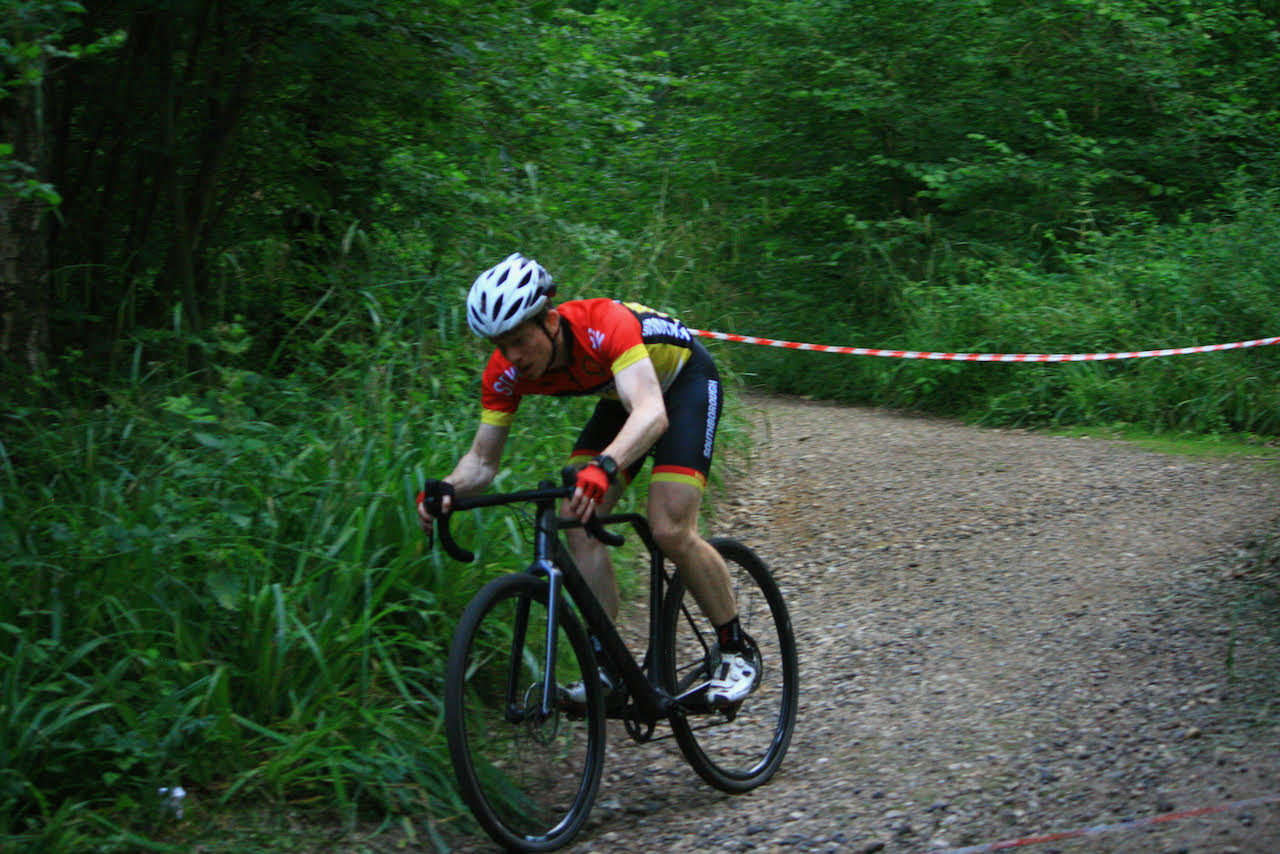
Sean has old school cycle touring in his blood, with a coast to coast USA ride and a number of month-long European tours in his very relaxed palmares. Also an enthusiastic midpack club cyclocross and XC racer, he loves his role as a junior cycle coach on the Kent/Sussex borders, and likes to squeeze in a one-day unsupported 100-miler on the South Downs Way at least once a year. Triathlon and adventure racing fit into his meandering cycling past, as does clattering around the Peak District on a rigid Stumpjumper back in the day.
Height: 173cm
Weight: 65kg
Rides: Specialized Chisel Comp; Canyon Inflite CF SLX; Canyon Aeroad; Roberts custom road bike
